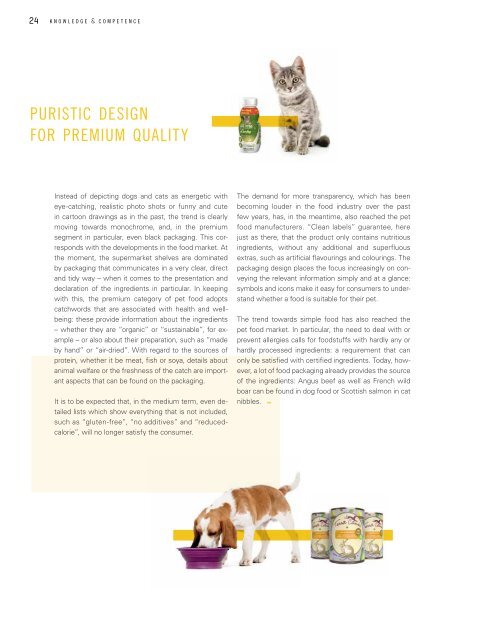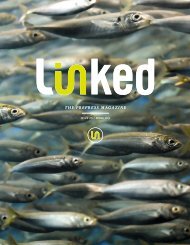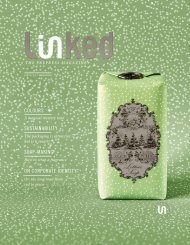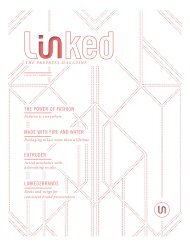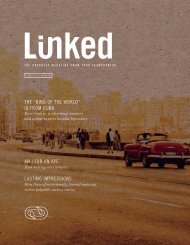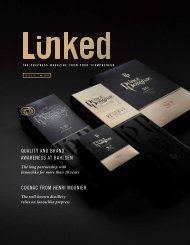Janoschka magazine_Linked_V2_2017
Create successful ePaper yourself
Turn your PDF publications into a flip-book with our unique Google optimized e-Paper software.
24<br />
k n o w l e d g e & c o m p e t e n c e<br />
puristic design<br />
for premium quality<br />
Instead of depicting dogs and cats as energetic with<br />
eye-catching, realistic photo shots or funny and cute<br />
in cartoon drawings as in the past, the trend is clearly<br />
moving towards monochrome, and, in the premium<br />
segment in particular, even black packaging. This corresponds<br />
with the developments in the food market. At<br />
the moment, the supermarket shelves are dominated<br />
by packaging that communicates in a very clear, direct<br />
and tidy way – when it comes to the presentation and<br />
declaration of the ingredients in particular. In keeping<br />
with this, the premium category of pet food adopts<br />
catchwords that are associated with health and wellbeing:<br />
these provide information about the ingredients<br />
– whether they are “organic” or “sustainable”, for example<br />
– or also about their preparation, such as “made<br />
by hand” or “air-dried”. With regard to the sources of<br />
protein, whether it be meat, fish or soya, details about<br />
animal welfare or the freshness of the catch are important<br />
aspects that can be found on the packaging.<br />
It is to be expected that, in the medium term, even detailed<br />
lists which show everything that is not included,<br />
such as “gluten-free”, “no additives” and “reducedcalorie”,<br />
will no longer satisfy the consumer.<br />
The demand for more transparency, which has been<br />
becoming louder in the food industry over the past<br />
few years, has, in the meantime, also reached the pet<br />
food manufacturers. “Clean labels” guarantee, here<br />
just as there, that the product only contains nutritious<br />
ingredients, without any additional and superfluous<br />
extras, such as artificial flavourings and colourings. The<br />
packaging design places the focus increasingly on conveying<br />
the relevant information simply and at a glance:<br />
symbols and icons make it easy for consumers to understand<br />
whether a food is suitable for their pet.<br />
The trend towards simple food has also reached the<br />
pet food market. In particular, the need to deal with or<br />
prevent allergies calls for foodstuffs with hardly any or<br />
hardly processed ingredients: a requirement that can<br />
only be satisfied with certified ingredients. Today, however,<br />
a lot of food packaging already provides the source<br />
of the ingredients: Angus beef as well as French wild<br />
boar can be found in dog food or Scottish salmon in cat<br />
nibbles.


